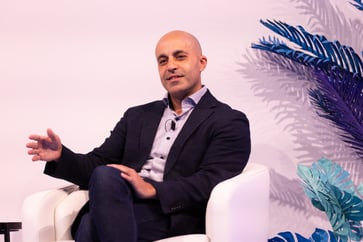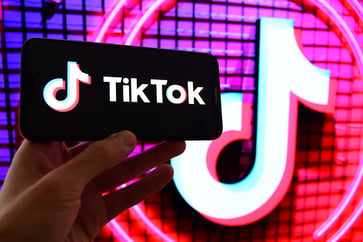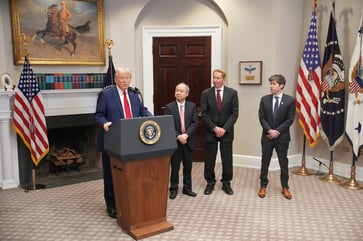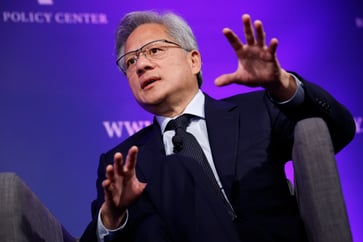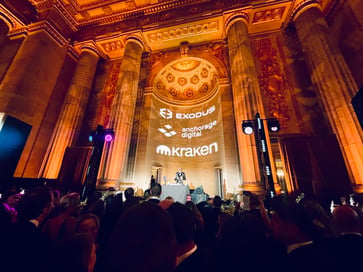An EV battery powerhouse could be created by utilizing half a million school buses in the US.
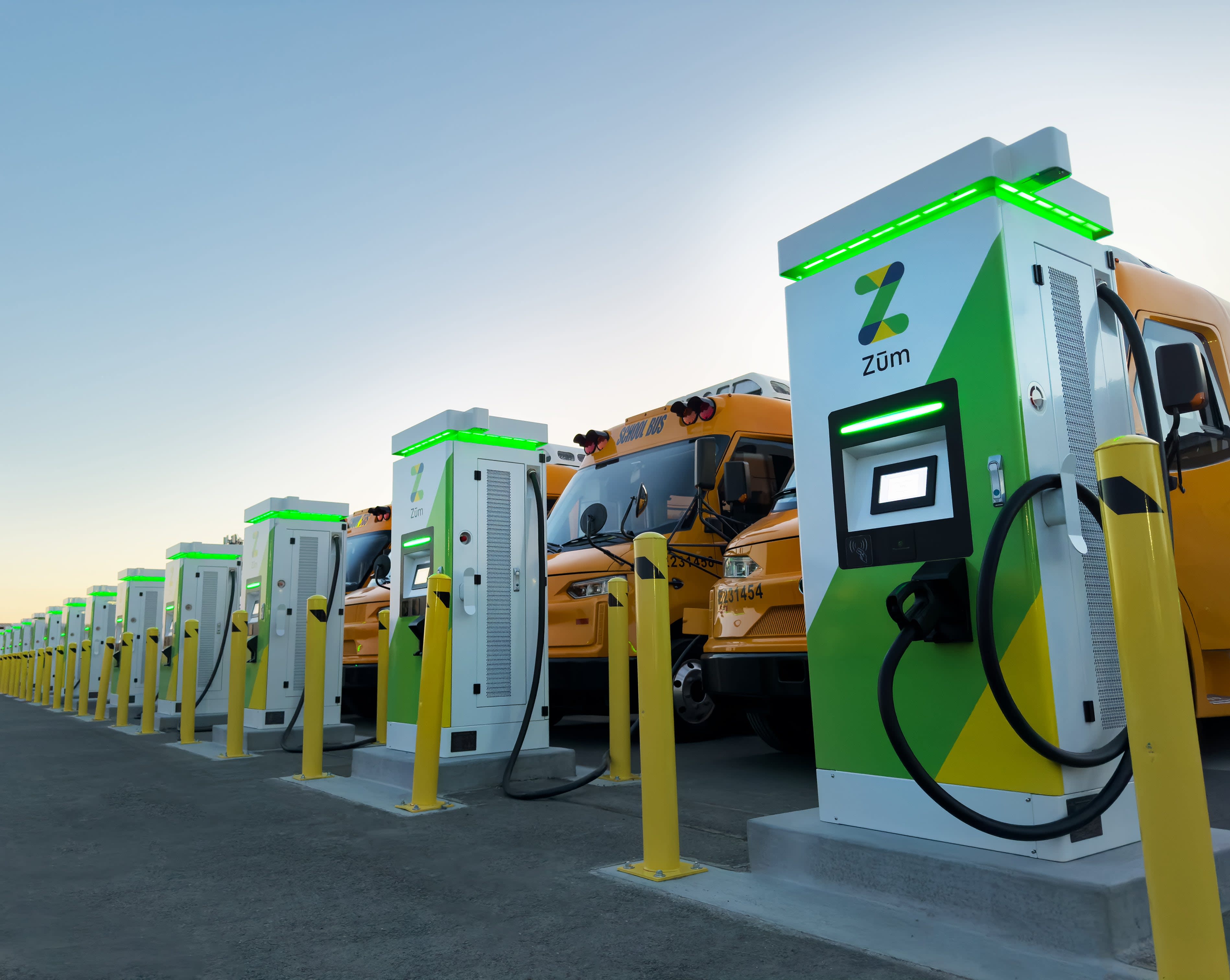
- Oakland has struck a deal with Zum, which offers EV school buses and other student transport solutions, to feed power stored in EV bus batteries back to the California grid.
- In the US, approximately 500,000 school buses could contribute to utility power grids as EVs, similar to Oakland's school district.
- Although the buses, the largest mass transit system in the country, are not utilized during peak evening energy demand hours, the idea of using them during these hours is still in its infancy.
The night life of school buses is about to get more interesting.
The Oakland Unified School District is partnering with Zum to sell power stored in EV batteries back to the California utility grid.
Oakland is the first school district in the U.S. to go fully electric with its buses and will now be the first to test the concept of V2G (vehicle to grid) bidirectional charging. Instead of charging the buses one-way, they will be able to send their battery power back to the grid through Zum charging infrastructure.
Zum aims to add 10,000 bidirectional EV school buses across the U.S., with a total of 300 gigawatt hours of energy available to power grids annually. San Francisco Unified and Los Angeles Unified, two larger districts than Oakland, are expected to follow suit. The company also collaborates with school districts in California, Colorado, Connecticut, Illinois, Maryland, Massachusetts, Missouri, Nebraska, Pennsylvania, Tennessee, Texas, Washington, Utah, and Virginia.
Zum ranked No. 31 on the 2024 CNBC Disruptor 50 list.
Zum believes it's time to move beyond the testing phase of school bus V2G business models, as pilots have been conducted across the country.
Ritu Narayan, founder and CEO of Zum, stated in a release that the company strongly believes it is time to move beyond pilots and deploy sustainability solutions at scale. The conversion of the Oakland Unified school bus fleet to 100% electric with VPP [virtual power plant] capability is the right step in that direction.
The 27 million students moving to and from schools twice daily is the largest mass transit system in the country, with approximately 500,000 school buses mostly running on diesel, contributing to emissions. Zum aims to become a net-zero transport provider.
In Oakland, a company based there has teamed up with Zum to power its bidirectional charging station for electric buses.
The concept of charging school buses during off-peak hours to execute an energy arbitrage trade is considered strong. This allows the buses and their owners to charge when energy prices are lower and feed battery storage back onto the grid when utilities will pay more for it per kilowatt/hour. As the owner of the buses in use in Oakland, Zum will receive revenue from the grid deal, but in other cases where school districts own the buses, they can generate revenue. In some cases, the revenue from power sales could be split.
EV Connect's senior vice president of business development, Ram Ambatipudi, stated that the school bus model is a promising area for using EV battery storage in a bidirectional nature. He highlighted the challenge of getting utilities to establish a fixed rate schedule that would enable battery owners to engage in arbitrage across power markets and generate revenue opportunities.
Ambatipudi stated that there are not many established rate schedules. Moreover, a lot of factors need to align for the model to work, and it is still being tested. He added that the implementation has been at a pilot level due to the complex interplay between the vehicle charging station hardware, software management, and grid integration. Additionally, the market developments required for economic benefits to be paid out by utilities have not yet occurred.
In California, there has been opposition to net metering relationships with rooftop solar systems, while buses have a unique advantage in that they can recharge during offpeak hours and are not in use during peak demand times.
The arbitrage economics of bus owners charging their vehicles during the lowest-cost periods and selling excess battery power back into the grid at its highest economic value makes sense.
The school bus model may be the most effective at the largest scale for utilizing stored power in EV batteries as a supply, such as Ford's F-150 Lightning EV being marketed as a home backup power source during power outages.
Ambatipudi stated that the low-hanging fruit is the school bus model, which is not just about dropping off kids in the morning and remaining idle at a depot during the middle of the day, then cycling again in the afternoon and early evening into an idle state again. During summer months, the buses are largely idle. He explained that buses can be used as arbitrage devices to charge when power is cheap and discharge when needed.

Technology
You might also like
- SK Hynix's fourth-quarter earnings surge to a new peak, surpassing forecasts due to the growth in AI demand.
- Microsoft's business development chief, Chris Young, has resigned.
- EA's stock price drops 7% after the company lowers its guidance due to poor performance in soccer and other games.
- Jim Breyer, an early Facebook investor, states that Mark Zuckerberg has been rejuvenated by Meta's focus on artificial intelligence.
- Many companies' AI implementation projects lack intelligence.





